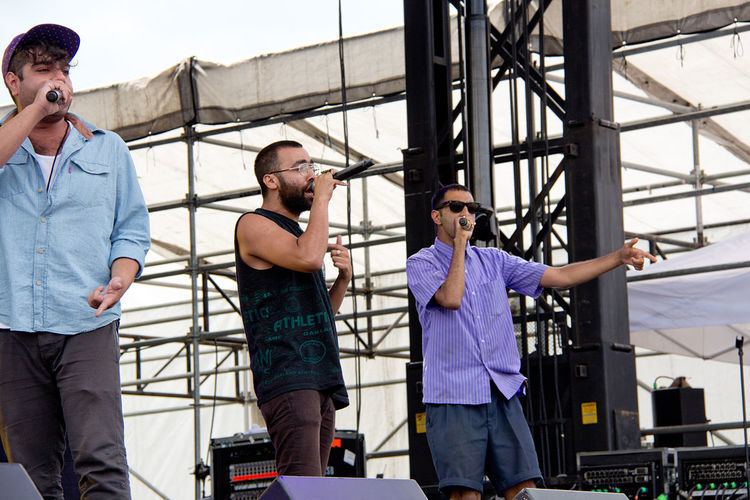 | ||
Stylistic origins Alternative hip hopindie rockEDMhip hop Cultural origins Early to mid-2000s (decade), United States Typical instruments Vocalssynthesizerturntablessamplerkeyboardguitarstrings | ||
Hipster hop, a portmanteau of hipster and hip hop, is a subgenre of alternative hip hop, more specifically, "indie rock-informed hip-hop". It is also known as hipster rap.
Contents
Etymology
According to critic Matt Preira, writing in the Miami New Times, hipster-hop constitutes a "discernable transition in rap music," one which incorporates elements of hipster culture. Preira claims that it is "a brewing microgenre poised to take the mainstream by storm". Chicago Reader critic Miles Raymer says that hipster rappers "screw around with old school signifiers," but that hipster rap "embodies the same sort of utopian, big-tent ideal that old-school hip-hop did." According to Raymer, it works the "leading edge of the interplay between rap music and dance music," while being defined by hipsteresque fashions and attitudes.
Characteristics
In summary, hipster rap is characterized by a blurring of the lines between "'pure' rap, hip-hop, R&B, pop, and rock". Critics have often associated it with Seattle, Washington groups such as Mad Rad, although the group denies that their music falls into the genre.
Popular hipster hop artists (or artists associated with the style) include Kid Cudi, Childish Gambino, Tyler the Creator, Mikill Pane, Kid Sister, Kreayshawn, XV, Chiddy Bang, Azealia Banks, The Swank, Air Dubai.
